Mark Twain remarked that everyone talks about the weather but nobody does anything about it. 3D ICs seems to be a bit like that. Over the last couple of years there have been lots of people talking about 3D but very little that has actually been manufactured. In addition to the weather, everyone talks about Xilinx’s 3D Virtex… Read More
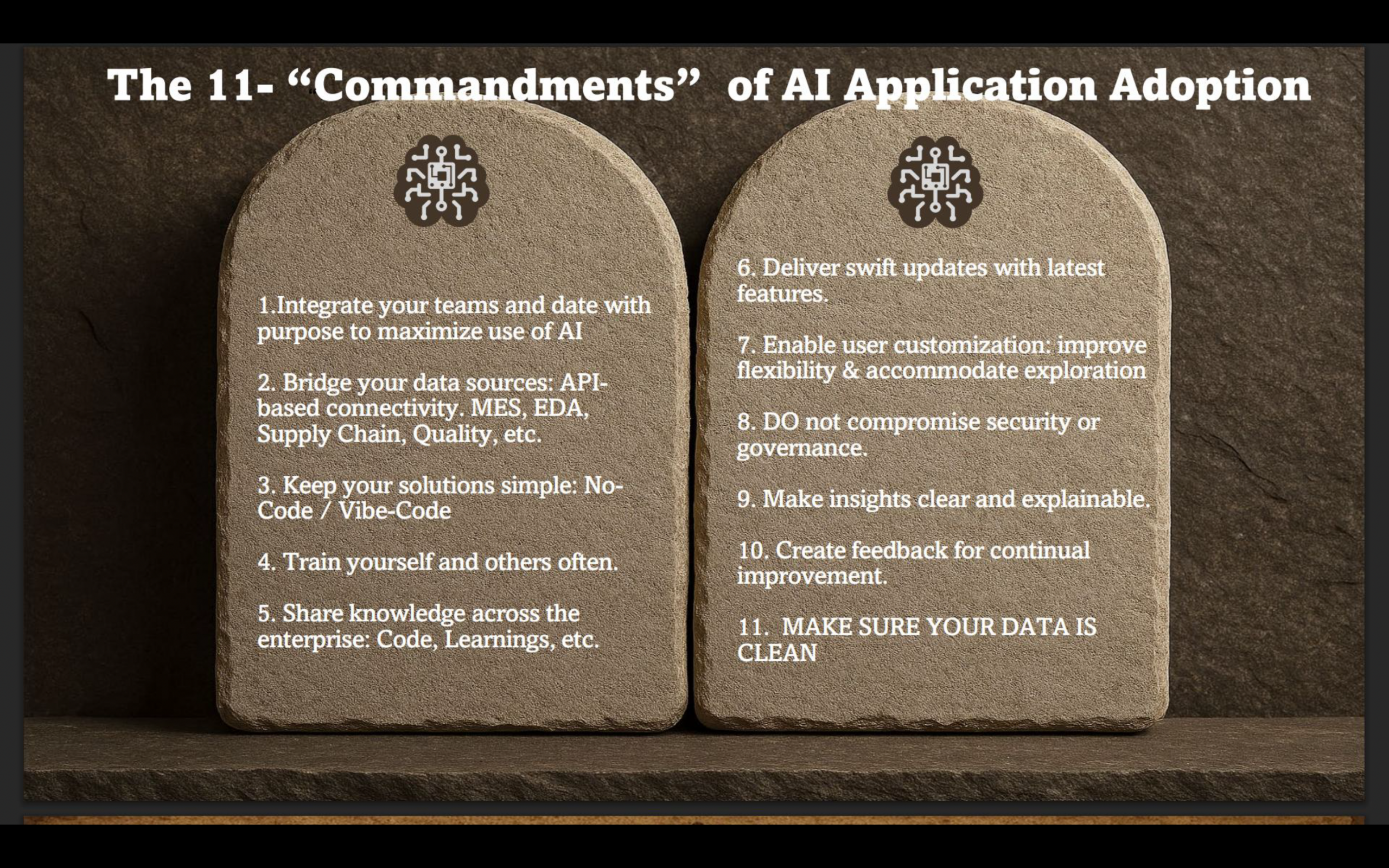 PDF Solutions' AI-Driven Collaboration & Smarter DecisionsWhen most people hear the term PDF, they…Read More
PDF Solutions' AI-Driven Collaboration & Smarter DecisionsWhen most people hear the term PDF, they…Read More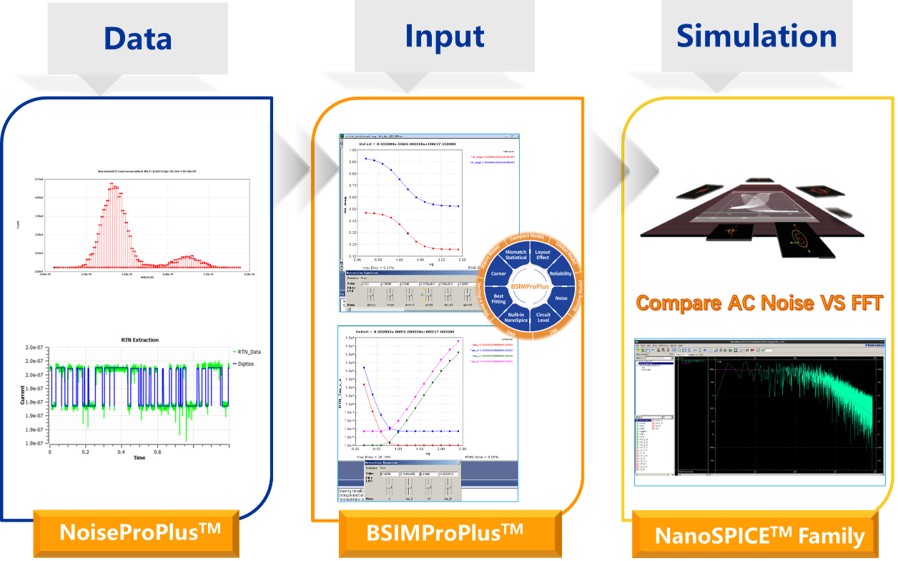 Bringing Low-Frequency Noise into FocusKey takeaways The challenge of acquiring high-quality, reproducible…Read More
Bringing Low-Frequency Noise into FocusKey takeaways The challenge of acquiring high-quality, reproducible…Read More A Brief History of TSMC Through 2025Taiwan Semiconductor Manufacturing Company, the world's largest dedicated…Read More
A Brief History of TSMC Through 2025Taiwan Semiconductor Manufacturing Company, the world's largest dedicated…Read More Google's Road Trip to RISC-V at Warehouse Scale: Insights from Google's Martin DixonIn a engaging presentation at a recent RISC-V…Read More
Google's Road Trip to RISC-V at Warehouse Scale: Insights from Google's Martin DixonIn a engaging presentation at a recent RISC-V…Read More Bridging Embedded and Cloud Worlds: AWS Solutions for RISC-V DevelopmentIn a compelling keynote at the RISC-V Summit…Read More
Bridging Embedded and Cloud Worlds: AWS Solutions for RISC-V DevelopmentIn a compelling keynote at the RISC-V Summit…Read MoreFast SPICE from Kiev at DAC
Monday at DAC I met with an EDA start-up called Symica based in Kiev. Ian Tsybulkin, CEO met with me to give an overview of their tools.… Read More
A DAC Update from Mentor Graphics on IC Layout and Circuit Simulation Tools
Linda Fosler, Tom Daspit and Mitch from Mentor Graphics met with me last Monday at DAC to provide an update on IC layout and circuit simulation tools. My notes follow:
Overview – Pyxis for Schematic and Layout, IC Station is re-branded as Pyxis. (Pyxis schematic is still Falcon, Ample language is still used.)… Read More
ST using Cadence IC Tools with Module Generators
Cadence invited Francois Lemery of ST Microelectronics to speak at a luncheon last Monday at DAC about designing for the 20nm node using module generators. Here are my trip report notes:
TSMC 28nm is Fabulous! TSM Stock is not so Fabulous!
What a great interview! Xilinx CEO Moshe Gavrielov is right on the money HERE where he credits the high 28nm yields to the “very intimate” linkage in process development with TSMC.… Read More
The Apple and VMWare Alliance Threatens Microsoft (and Fabless ARM Camp)
The speed with which The Mobile Tsunami engulfs the old PC Market is just incredible. 18 months ago the tablet and smartphone markets were considered a Green Field of Opportunity for PC OEMs and chip suppliers to graze in for the next decade. The fences, however, are closing in fast as Apple continues to drive its iOS empire into new… Read More
Press at DAC
The way that the press that covers EDA has changed in the last few years is quite dramatic. Semiwiki is, of course, part of that change. The official press is less and less relevant and bloggers and newsletters are more and more important.… Read More
DAC Attendance up
Attendance at DAC is up across the board. Not surprisingly, with San Francisco being so close to silicon valley, the biggest increase was in people coming to see the exhibits.… Read More
Schematic, IC Layout, Clock and Timing Closure from ICScape
Before this DAC I had never even heard of ICScape, so on Monday and Wednesday I visited their booth to find out their story.
Steve Yang, Ph.D. (Co-founder and President), Ravi Ravikumar (Marketing)
ICScape was founded in 2005 in Santa Clara by Steve Yang (Circuit Design engineer for microprocessor, Synopsys) and Jason Xing (Sun… Read More
Fast Monte Carlo and Analog Fast SPICE
Britto Vincent of ProPlus Design Solutions met with me at DAC on Monday morning to talk about Design For Yield (DFY) and Analog Fast SPICE.
In 2011 ProPlus announced DFY tools where the technology came from IBM, it provides fast Monte Carlo results up to 3 sigma, then added NanoSpice for faster simulation results. Similar in approach… Read More


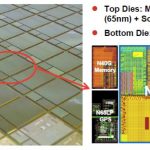
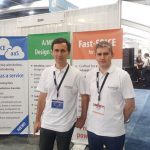





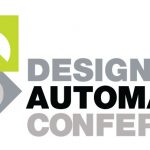
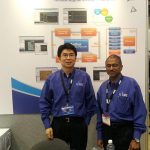

Quantum Computing Technologies and Challenges